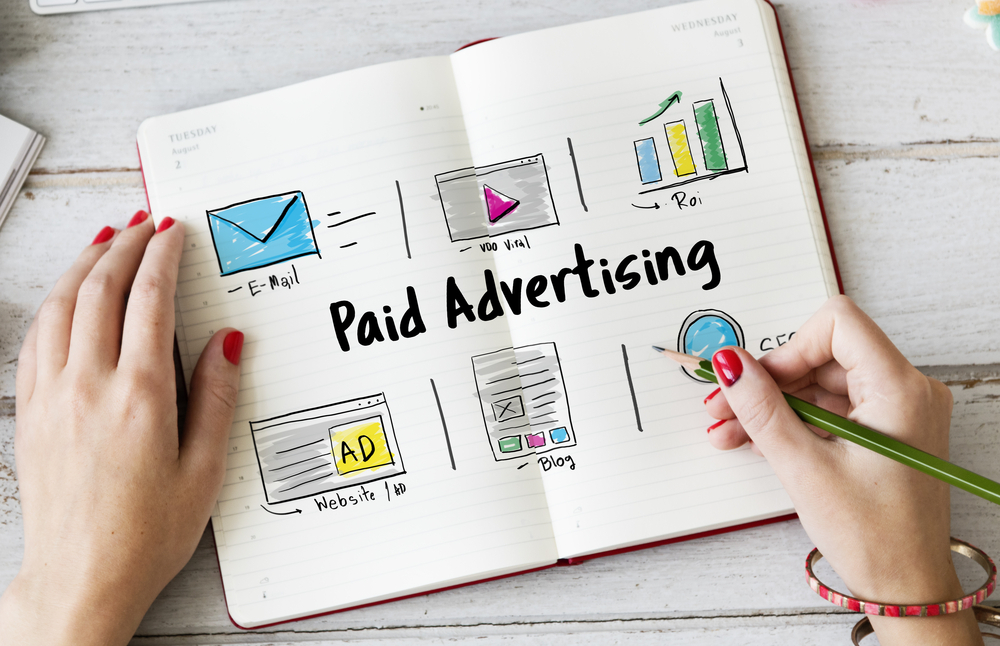Magnifying Your Content’s Impact: The Power of Paid Advertising

In today’s digital landscape, where content is king and attention spans are fleeting, the art of amplifying your message has become paramount. While creating high-quality content is essential, it’s equally important to ensure that your content reaches the right audience at the right time. This is where paid advertising steps in as a powerful tool to magnify your content’s impact.
Understanding Paid Advertising
Paid advertising encompasses various strategies and platforms, including social media ads, search engine marketing, display advertising, sponsored content, and influencer partnerships. Unlike organic reach, which relies on attracting attention naturally, paid advertising involves investing financial resources to promote your content to a targeted audience.
Why Invest in Paid Advertising?
- Reach: Paid advertising enables you to extend your content’s reach beyond your existing audience. With precise targeting options, you can ensure that your message reaches individuals who are most likely to engage with it, thereby maximizing your campaign’s effectiveness.
- Speed: While organic strategies take time to gain traction, paid advertising offers immediate results. Whether you’re launching a new product, promoting an event, or driving traffic to your website, paid ads allow you to generate visibility and drive actions swiftly.
- Targeting: One of the key advantages of paid advertising is its advanced targeting capabilities. Platforms like Facebook, Google Ads, and LinkedIn offer robust targeting options based on demographics, interests, behavior, and even past interactions. This granular targeting ensures that your content is shown to the most relevant audience, increasing the likelihood of conversions.
- Metrics and Optimization: Paid advertising provides comprehensive metrics to track the performance of your campaigns in real-time. From impressions and clicks to conversions and ROI, these insights enable you to evaluate the effectiveness of your ads and make data-driven decisions to optimize future campaigns.
- Flexibility and Control: Unlike traditional advertising channels, paid advertising offers flexibility and control over your campaigns. You can adjust your budget, targeting criteria, ad creatives, and messaging in real-time, allowing you to adapt to changing market conditions and audience preferences seamlessly.

Best Practices for Maximizing Impact
- Set Clear Objectives: Before launching a paid advertising campaign, define your goals and key performance indicators (KPIs). Whether it’s driving website traffic, increasing sales, or boosting brand awareness, align your advertising strategy with your overarching business objectives.
- Know Your Audience: Invest time in understanding your target audience’s demographics, interests, and online behavior. Leverage audience segmentation to tailor your messaging and creative assets for different audience segments, maximizing relevance and engagement.
- Compelling Creative: Capture attention with visually appealing and compelling ad creatives. Whether it’s eye-catching imagery, persuasive copywriting, or interactive elements, focus on creating content that resonates with your audience and communicates your value proposition effectively.
- Continuous Optimization: Monitor the performance of your ads regularly and iterate based on the data insights. Test different ad formats, messaging variations, and targeting strategies to identify what resonates best with your audience. By continuously optimizing your campaigns, you can improve their effectiveness and drive better results over time.
- Integrate with Organic Efforts: Paid advertising should complement your organic marketing efforts seamlessly. Align your paid campaigns with your content calendar, social media strategy, and SEO initiatives to create a cohesive brand presence across channels and maximize overall impact.
Conclusion
Paid advertising is a powerful tool for magnifying your content’s impact in today’s competitive digital landscape. By leveraging the reach, targeting capabilities, and measurement tools offered by paid advertising platforms, you can effectively amplify your message, reach your target audience, and achieve your business objectives. However, success in paid advertising requires strategic planning, continuous optimization, and a deep understanding of your audience’s needs and preferences. By following best practices and staying agile in your approach, you can unlock the full potential of paid advertising to drive meaningful results for your business.
IMPORTANT: If you enjoyed this article then give Marketing University Equalizer a try. Create your free account right now and have full access for 14 days. Click here to get started #marketinguniversity #marketing #businesstips #marketingtips
